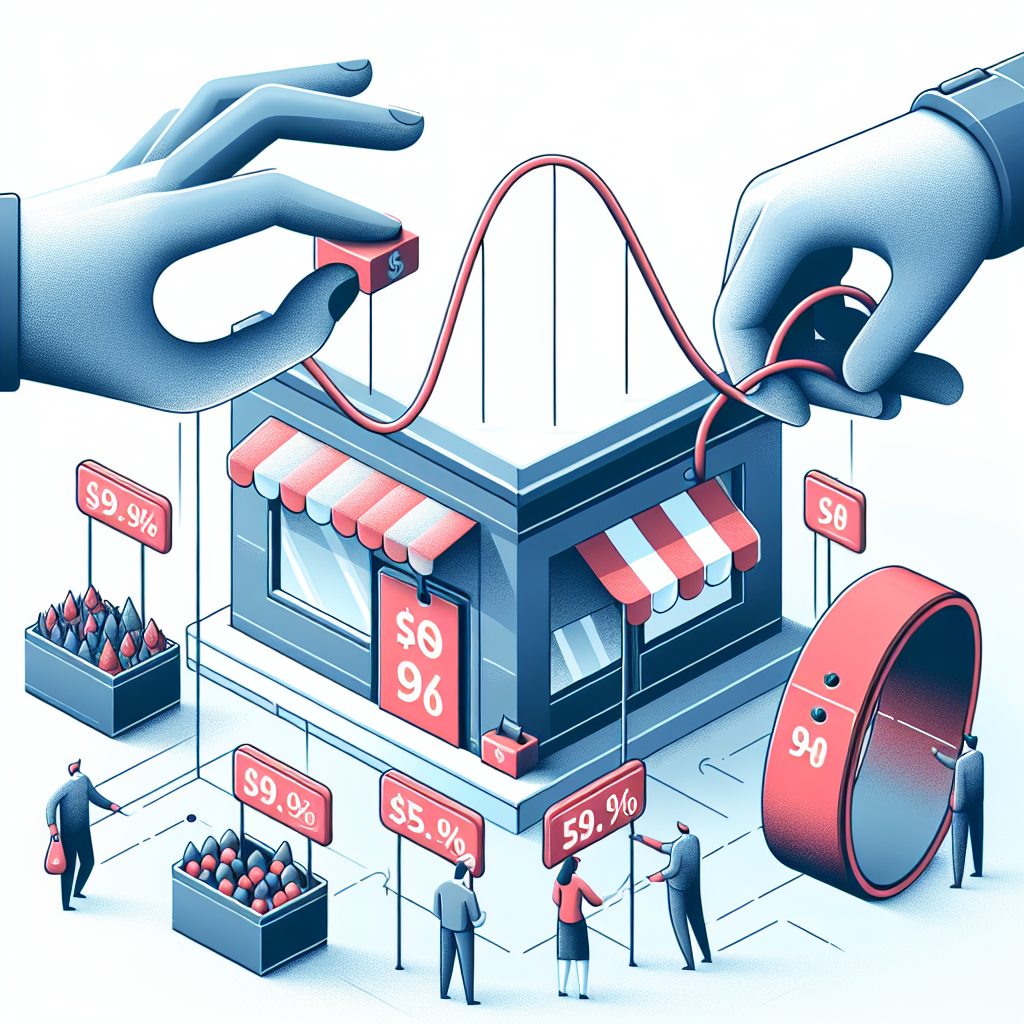Product Development Strategy: Innovation for Existing Markets
Three months ago, I had coffee with Marcus, the innovation director at a leading automotive components manufacturer. His company had supplied brake systems to major automakers for over three decades, building strong relationships and deep market knowledge. However, the electric vehicle revolution was disrupting traditional automotive supply chains, and Marcus felt immense pressure to develop new products for their existing customers. His team had invested millions in research and development, yet their breakthrough innovations seemed to miss market needs, while simpler solutions from startups gained traction with their longtime customers.
Marcus's struggle highlights the paradox of product development in established markets. Companies possess valuable customer relationships and market insights, yet these advantages can become constraints when developing truly innovative solutions. The digital transformation has accelerated innovation cycles while increasing customer expectations for breakthrough products that solve emerging problems. Traditional R&D approaches often prove inadequate for markets where customer needs evolve rapidly and competitive threats emerge from unexpected directions.
Product development strategy focuses on creating new products for existing markets, leveraging established customer relationships and distribution channels while building innovation capabilities. This approach offers significant advantages through reduced market risk and accelerated adoption potential. Research from the Product Development Management Association indicates that companies with systematic product development processes achieve 40% higher revenue growth and 33% better profitability than those relying on ad-hoc innovation approaches.
1. Creating New Products for Known Customer Bases
Successful product development begins with deep customer insight generation that goes beyond traditional market research to understand underlying needs, emerging problems, and future requirements. Companies must analyze customer behavior patterns, usage data, and feedback trends to identify innovation opportunities that align with strategic objectives and market dynamics.
Customer co-creation has evolved into a sophisticated discipline that engages customers as innovation partners rather than passive feedback providers. Leading companies establish customer advisory boards, innovation labs, and collaborative design processes that involve customers throughout the development cycle. This approach increases innovation success rates by ensuring market relevance and customer adoption readiness.
Digital transformation has revolutionized customer insight collection through advanced analytics, Internet of Things sensors, and behavioral tracking systems. Companies can now monitor product usage in real-time, identify performance optimization opportunities, and predict customer needs before customers articulate them explicitly. This data-driven innovation approach enables proactive product development that anticipates market evolution.
Innovation pipeline management requires systematic processes for evaluating, prioritizing, and developing multiple product concepts simultaneously. Companies must balance breakthrough innovation with incremental improvements while managing resource allocation across different innovation horizons. Portfolio approaches spread development risks while ensuring continuous product flow to market.
Rapid prototyping and iterative development methodologies borrowed from software development enable faster innovation cycles and reduced development costs. Companies can test product concepts quickly, gather customer feedback, and refine solutions before major resource commitments. This approach reduces innovation risks while improving final product quality and market fit.
2. Leveraging Brand Trust and Distribution Networks
Established brand relationships provide significant advantages for new product introduction by reducing customer adoption barriers and accelerating market penetration. Companies can leverage brand equity built over years of consistent performance to gain customer trials for innovative products that might otherwise face skepticism or resistance.
Distribution channel optimization enables rapid product rollout through existing networks while maintaining service quality and customer experience standards. Companies must analyze channel capabilities, capacity constraints, and strategic fit when introducing new products through established distribution systems. Channel partner training and support programs ensure successful product launches across diverse markets.
Customer relationship capital accumulated through years of interaction provides valuable innovation insights and adoption pathways. Companies can identify early adopters, gather detailed feedback, and create reference customers that accelerate broader market adoption. These relationships enable premium pricing and faster market penetration compared to unknown competitors.
Cross-selling and upselling opportunities arise naturally when introducing new products to existing customers. Companies can increase customer lifetime value while reducing acquisition costs through strategic product portfolio expansion. Integrated solutions that combine multiple products create customer lock-in effects and competitive differentiation.
Digital customer engagement platforms enable personalized product introductions and education programs that increase adoption rates. Companies can segment customers based on needs and preferences, then deliver targeted product information and demonstrations through preferred communication channels. This personalized approach increases conversion rates while maintaining customer satisfaction levels.
3. Research and Development Investment Strategies
R&D investment optimization requires strategic balance between breakthrough innovation and incremental improvement initiatives. Companies must allocate resources across multiple innovation horizons while maintaining focus on core competencies and market opportunities. Technology roadmap planning aligns R&D investments with market evolution and competitive dynamics.
Innovation partnership strategies enable access to external capabilities and technologies that complement internal R&D efforts. Companies can partner with universities, research institutions, and technology startups to accelerate innovation while sharing development costs and risks. These partnerships provide access to cutting-edge research and emerging technologies that might be difficult to develop internally.
Open innovation platforms create ecosystems that engage multiple stakeholders in collaborative development processes. Companies can tap into collective intelligence from customers, suppliers, and innovation communities to generate breakthrough solutions. This approach reduces R&D costs while increasing innovation diversity and market relevance.
Technology transfer and intellectual property management become critical capabilities for companies pursuing aggressive product development strategies. Organizations must develop processes for evaluating external technologies, negotiating licensing agreements, and protecting proprietary innovations. Strategic patent portfolios create competitive advantages while generating licensing revenue opportunities.
Digital development tools and platforms enable more efficient R&D processes through simulation, modeling, and virtual testing capabilities. Companies can evaluate design alternatives, optimize performance characteristics, and identify potential issues before physical prototyping. This approach reduces development costs and accelerates time-to-market for innovative products.
Case Study Analysis
Apple's product development strategy in the consumer electronics market exemplifies masterful execution of innovation for existing customers. When Steve Jobs returned as CEO in 1997, Apple faced declining market share and limited product portfolio appeal. Rather than pursuing market diversification, the company focused on developing revolutionary products for their core customer base of creative professionals and technology enthusiasts.
The iPod launch in 2001 demonstrated strategic product development that leveraged existing brand relationships while creating entirely new product categories. Apple recognized that their customers valued elegant design and intuitive user experiences, applying these insights to personal music consumption. The company invested heavily in R&D to develop breakthrough user interface design and hardware miniaturization capabilities.
Brand trust acceleration enabled rapid iPod adoption despite premium pricing and initial compatibility limitations. Apple's existing customers became early adopters and influential advocates who accelerated broader market adoption. This customer evangelism proved more effective than traditional marketing approaches and created sustainable competitive advantages.
Distribution strategy evolution integrated digital and physical channels to support new product categories. Apple developed iTunes Store as a complementary service that enhanced iPod value while creating additional revenue streams. The company also expanded retail partnerships and eventually launched Apple Stores to provide superior customer experiences for complex products requiring demonstration and education.
Innovation ecosystem development created systematic capabilities for continuous product development across multiple categories. Apple established design processes, supplier relationships, and R&D methodologies that enabled successful expansion into smartphones, tablets, and wearable devices. Each new product category leveraged lessons learned from previous innovations while serving evolved customer needs.
Technology integration advantages enabled Apple to create integrated solutions that competitors struggled to replicate. The company developed proprietary technologies across hardware, software, and services that created seamless user experiences and customer lock-in effects. This integration approach justified premium pricing while creating sustainable competitive differentiation.
The results validated Apple's product development approach. The company transformed from near-bankruptcy to becoming one of the world's most valuable corporations through systematic innovation for existing customers. Apple achieved market leadership across multiple product categories while maintaining exceptional profitability and customer loyalty levels that continue to drive sustained growth.
Call to Action
Organizations seeking to excel in product development should establish systematic customer insight collection processes that combine traditional research with digital analytics and behavioral monitoring. Create innovation pipeline management systems that balance different development horizons while maintaining focus on strategic objectives and market opportunities.
Invest in R&D capabilities that combine internal expertise with external partnerships and open innovation platforms. Develop brand leverage strategies that maximize existing customer relationships while supporting new product adoption. Most importantly, create organizational cultures that embrace experimentation, accept intelligent failures, and continuously learn from market feedback to improve innovation success rates in increasingly competitive digital markets.
Featured Blogs
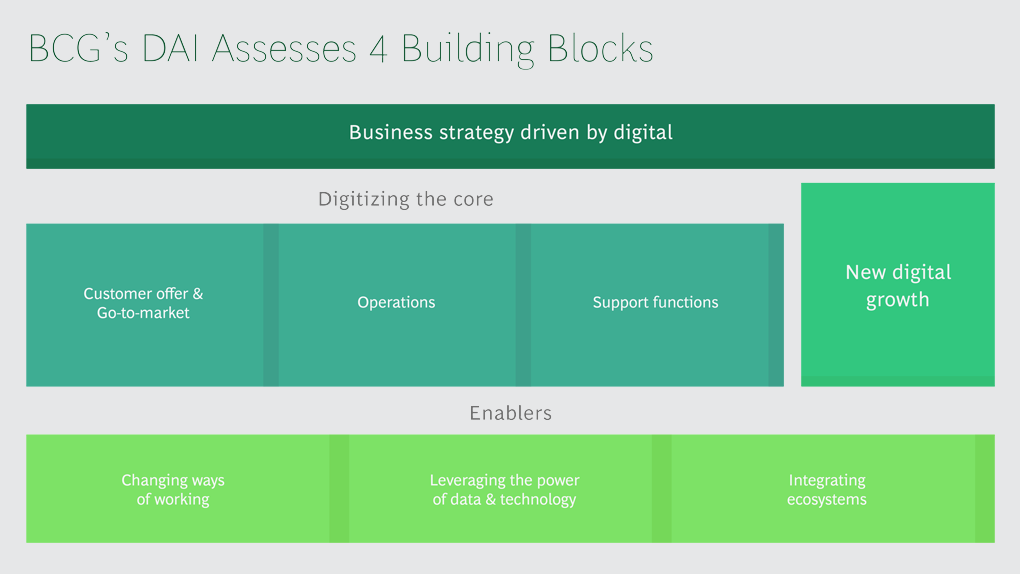
BCG Digital Acceleration Index
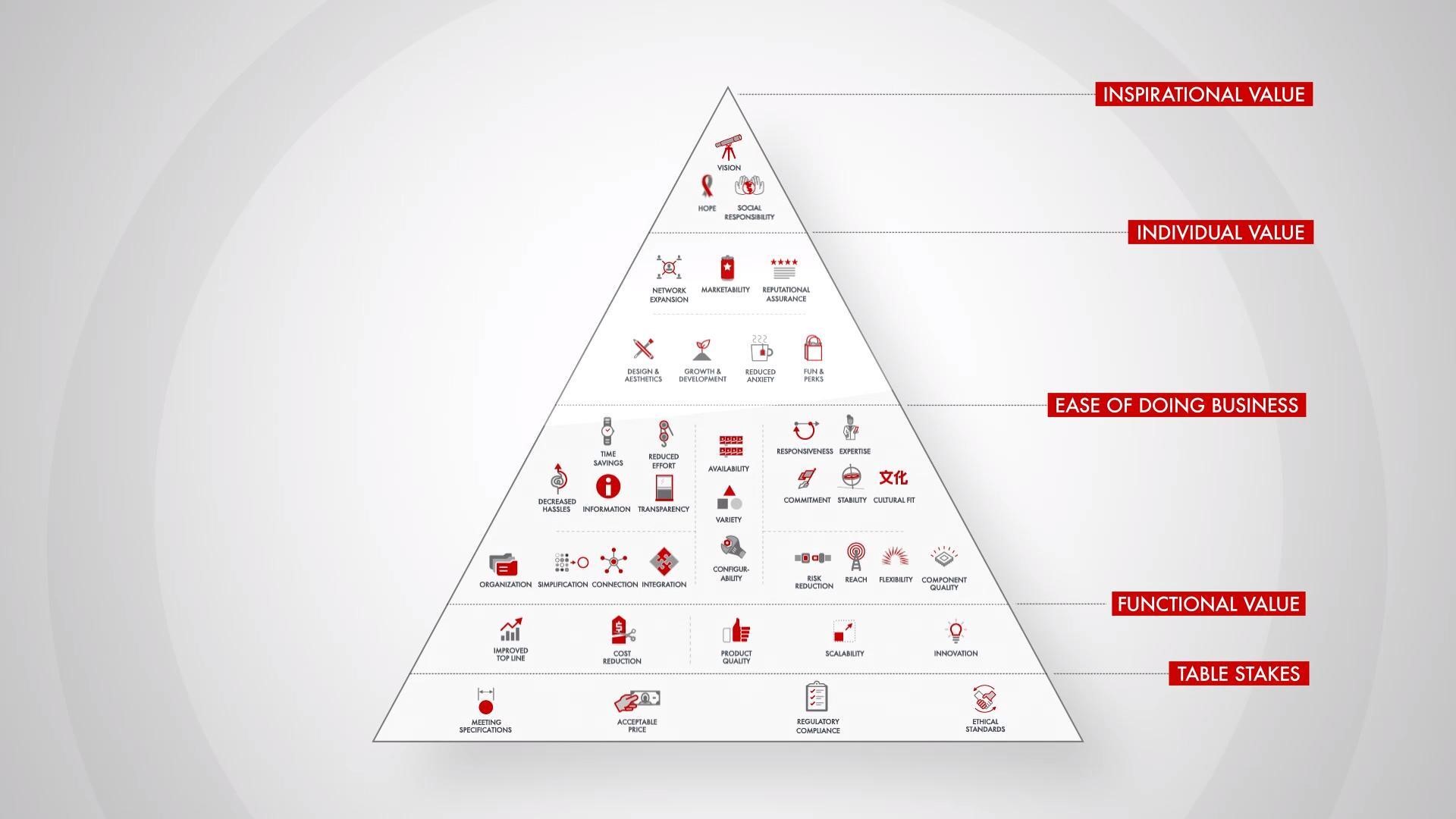
Bain’s Elements of Value Framework
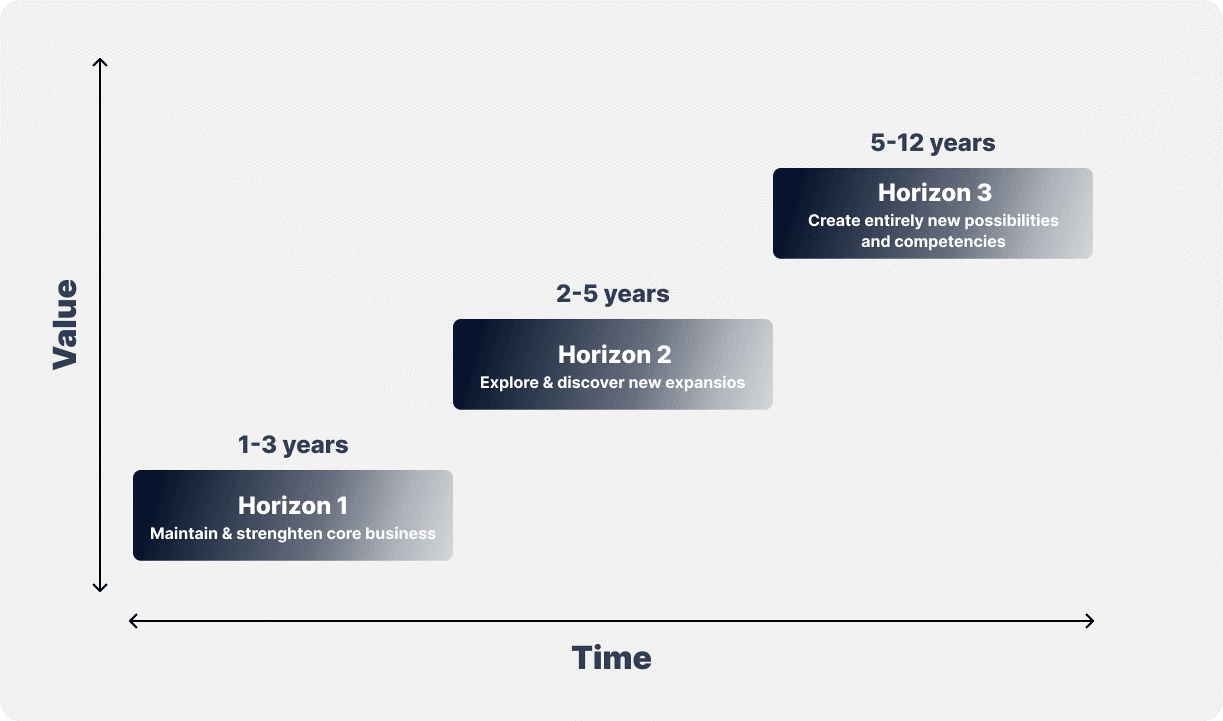
McKinsey Growth Pyramid
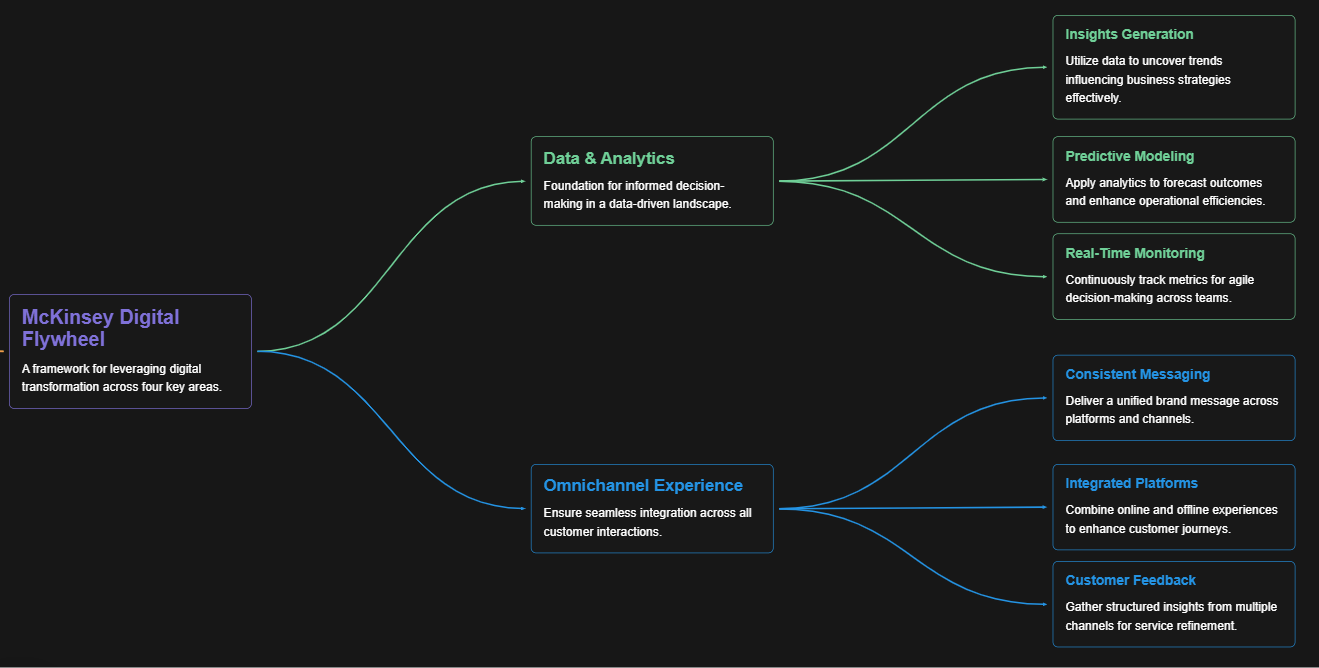
McKinsey Digital Flywheel
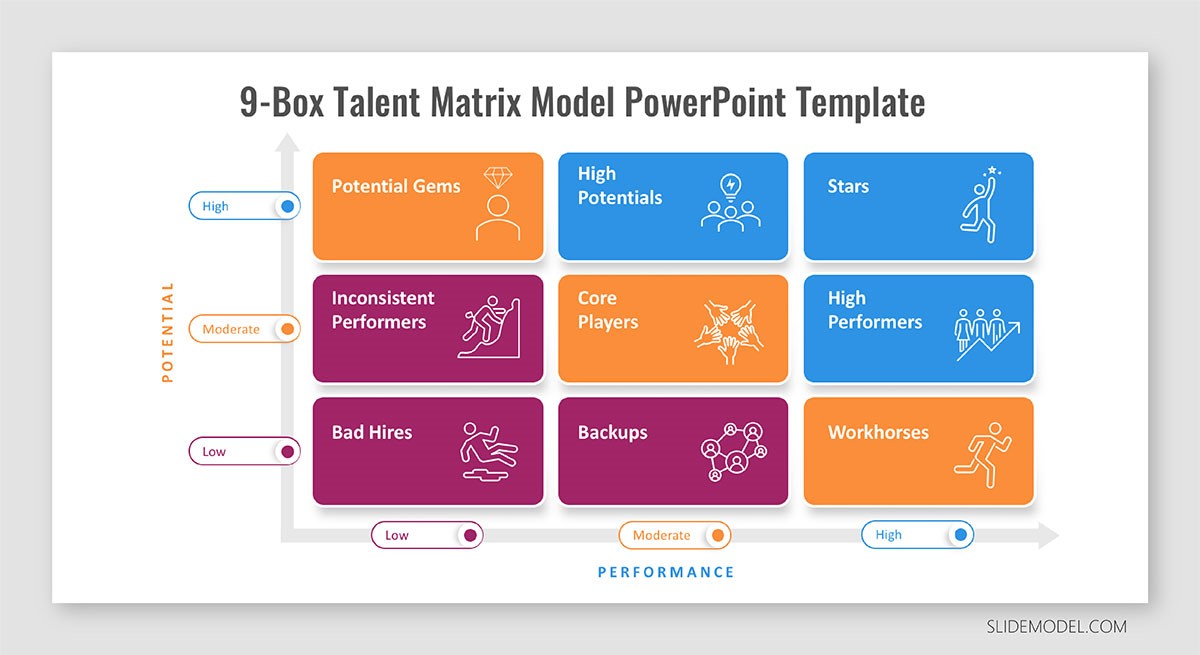
McKinsey 9-Box Talent Matrix
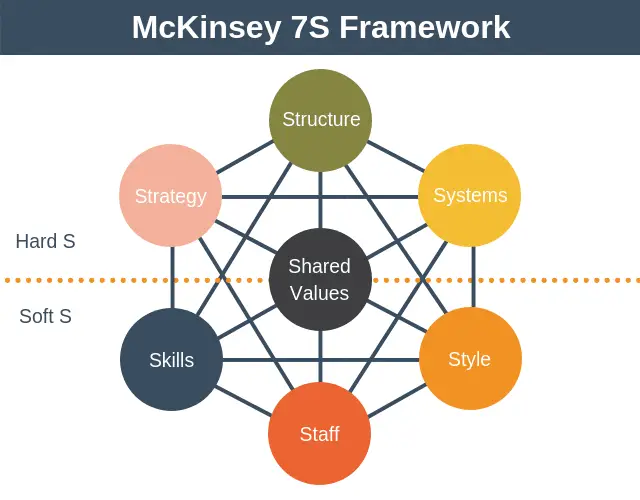
McKinsey 7S Framework
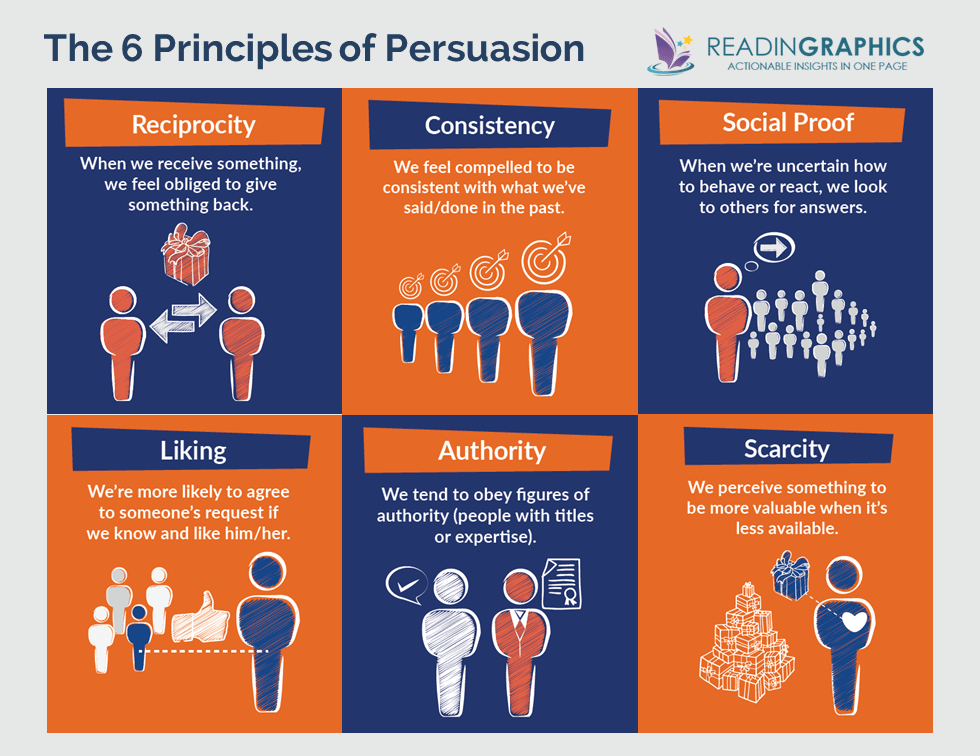
The Psychology of Persuasion in Marketing
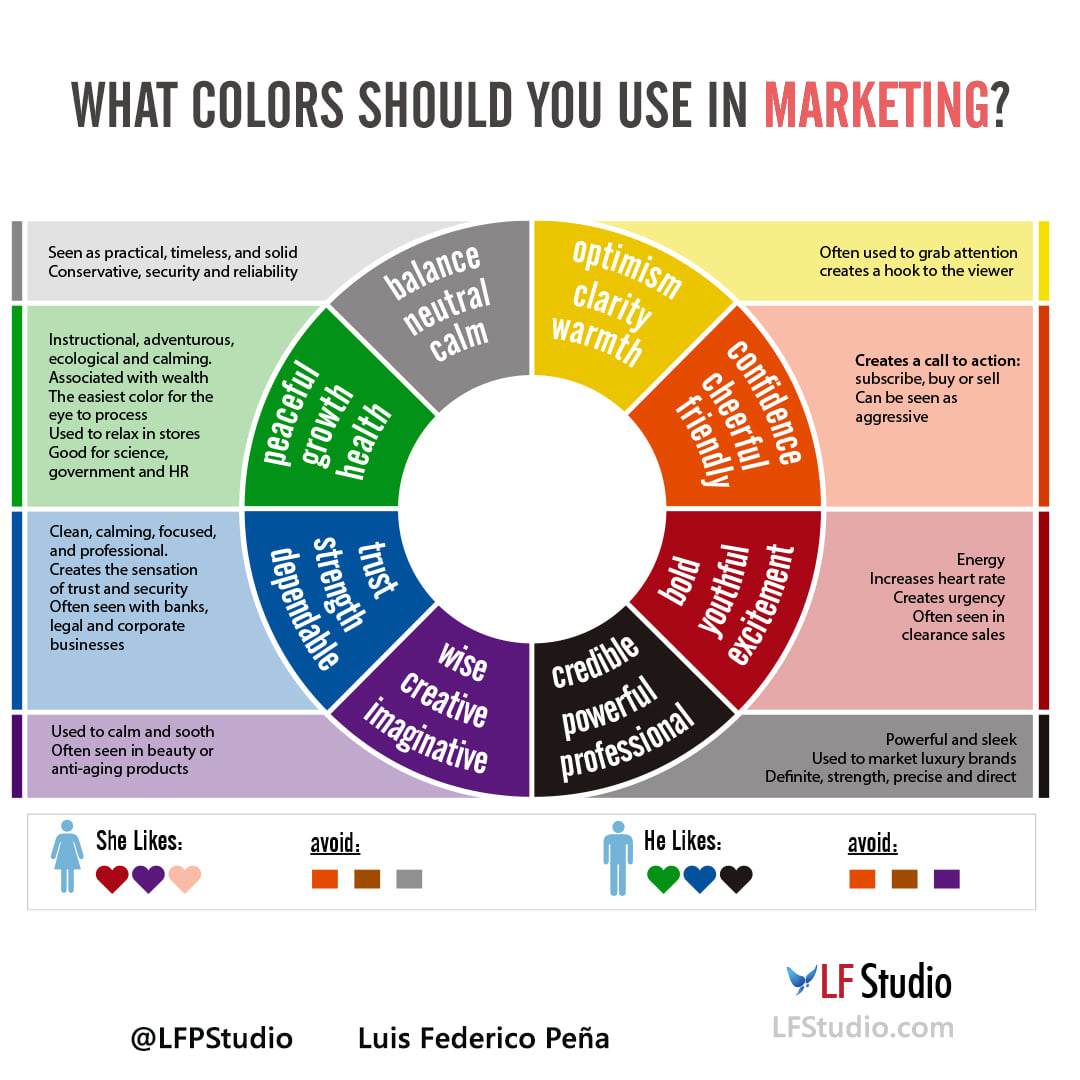
The Influence of Colors on Branding and Marketing Psychology



